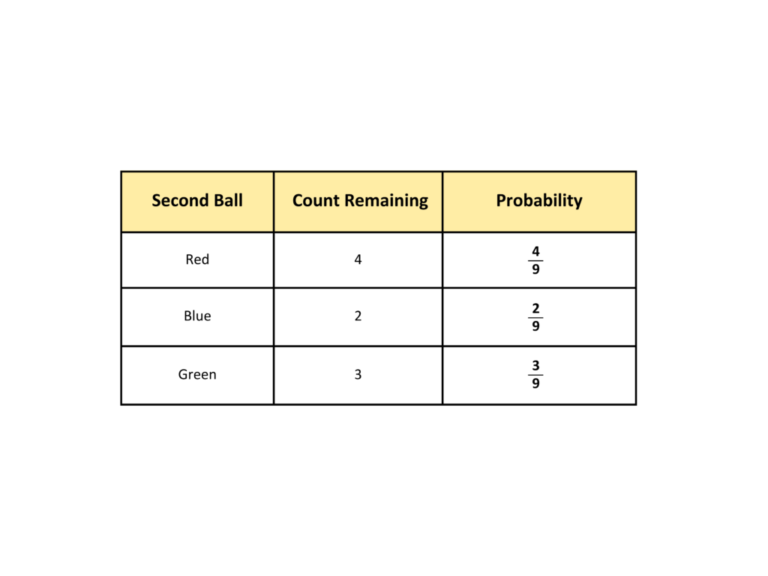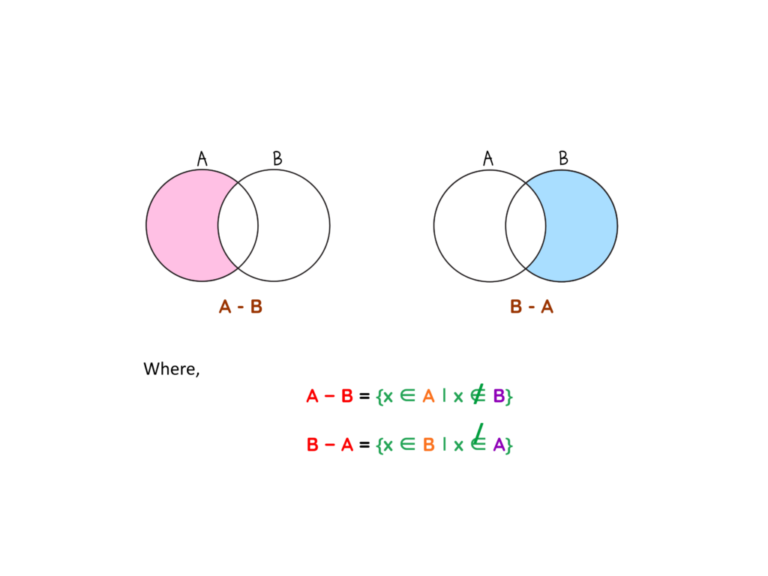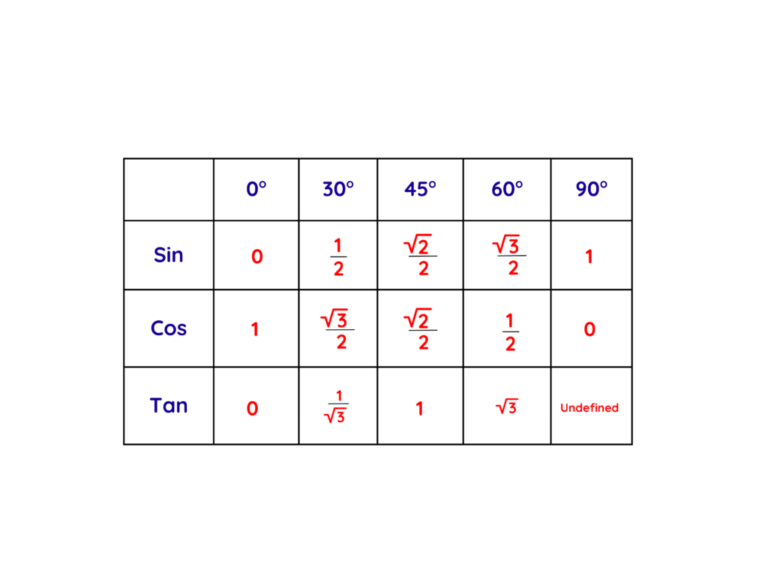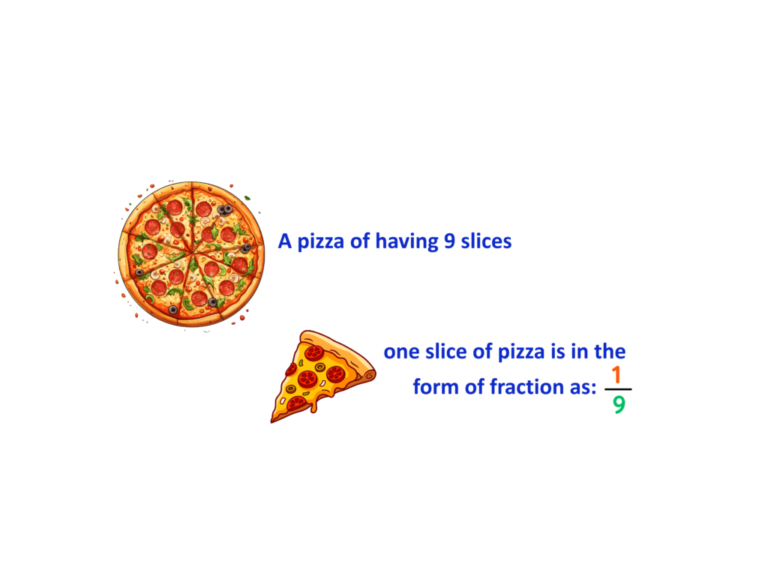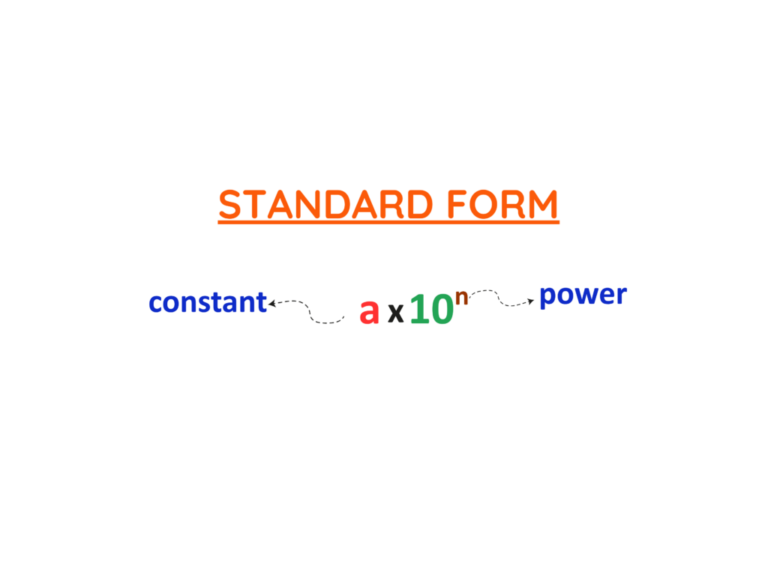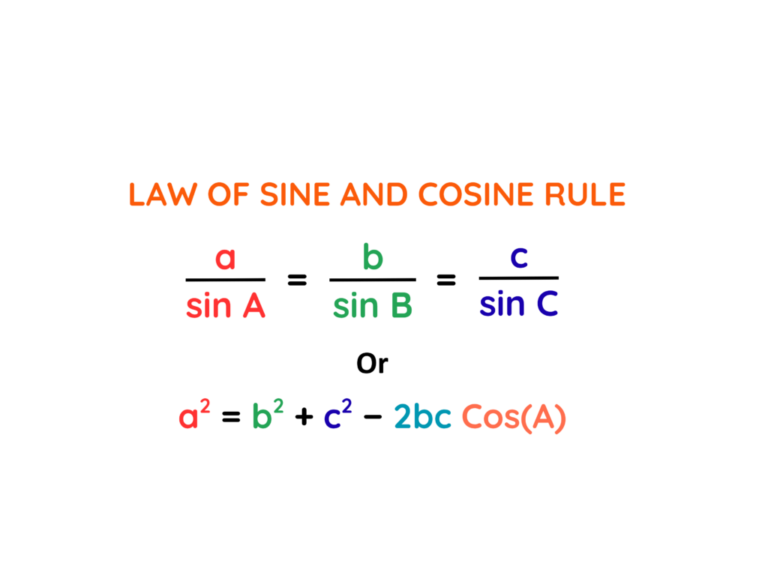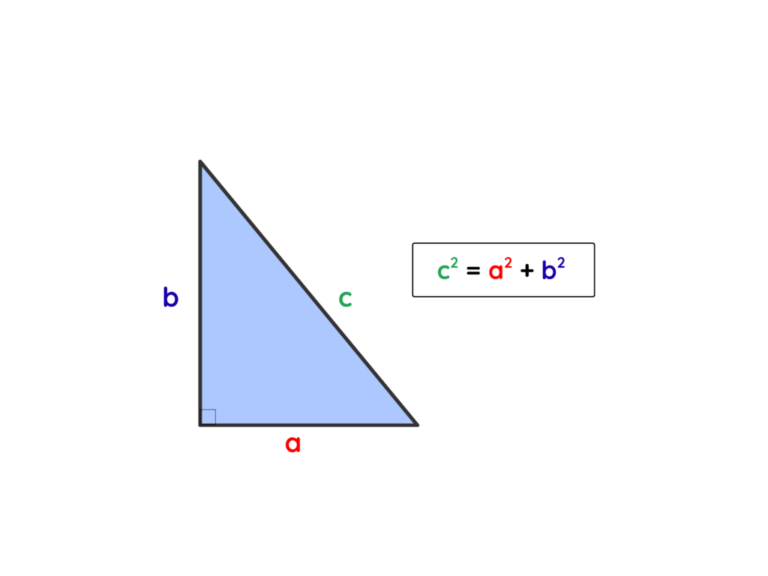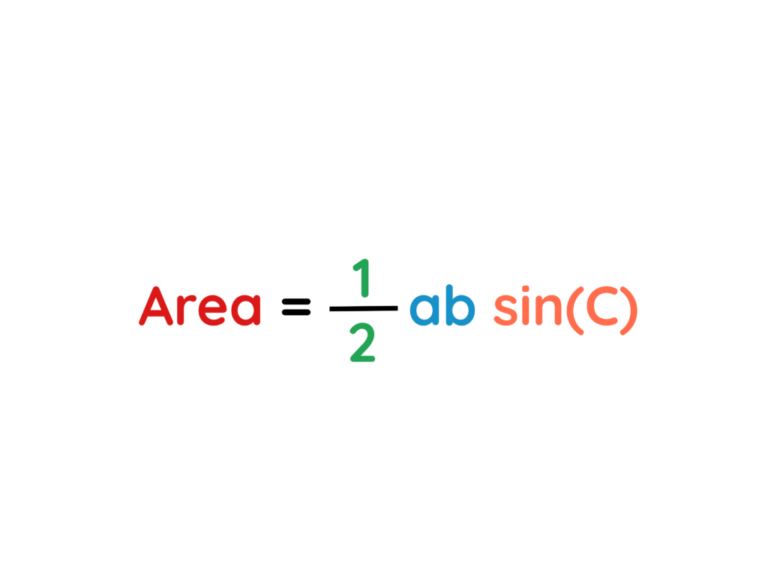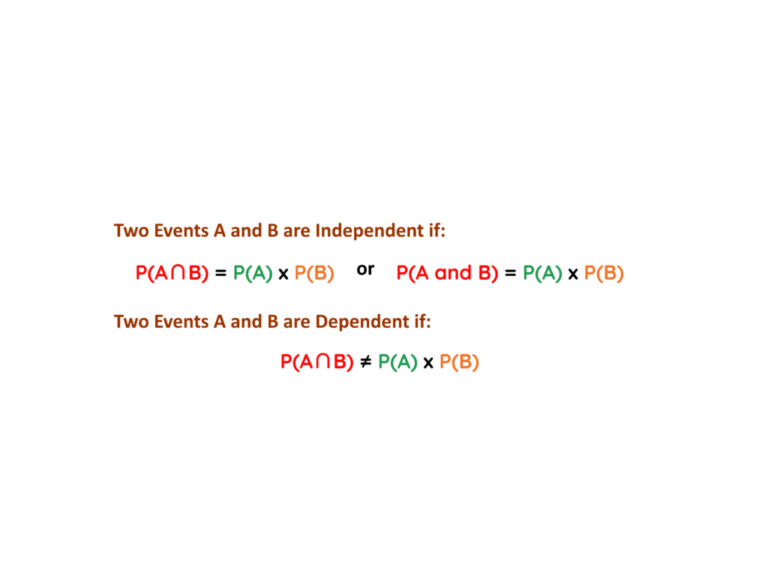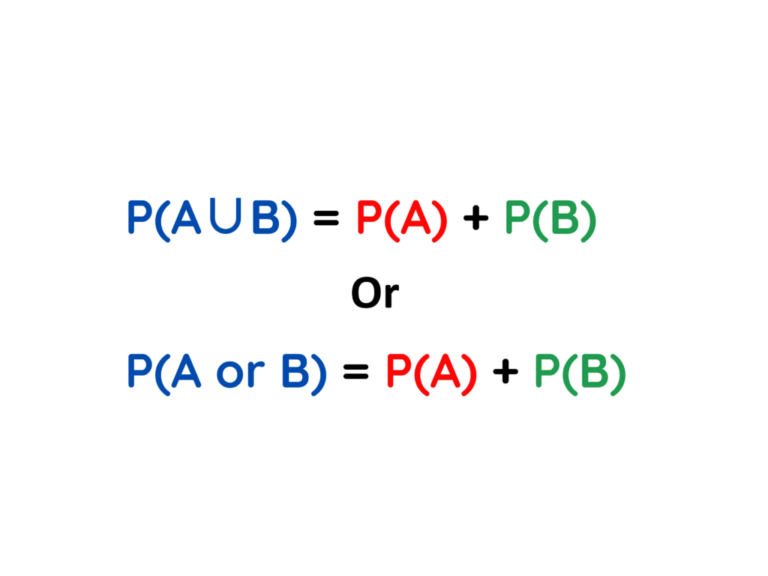Conditional Probability: Step-by-Step Examples
Conditional Probability – GCSE Maths Practice Questions Downloads Introduction Conditional Probability is the probability of an event occurring given that another event has already occurred. Studying of Conditional Probability is important because it helps us understand how the probability of an event changes when we know that another event has occurred. This concept is essential…


